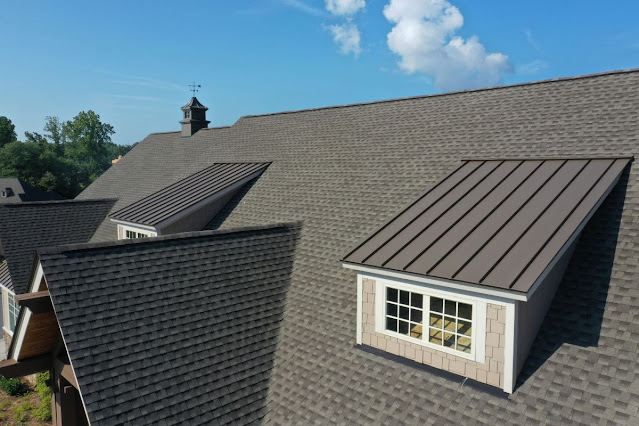Exploring the Importance of Drip Edge on Roofs
In the realm of roofing, every component plays a crucial role in ensuring the longevity and functionality of the structure. Among these, the drip edge stands out as a fundamental element that often goes unnoticed by many homeowners. However, its significance cannot be overstated. In this article, we'll delve into the importance of the drip edge on roofs, shedding light on its functions, benefits, and why it should be a priority in your roofing projects.
What Exactly is a Drip Edge?
Before delving into its significance, let's first understand what a drip edge is. Essentially, a drip edge is a narrow strip of metal, typically aluminum or galvanized steel, installed along the edges of a roof. It serves as a barrier between the roof decking and fascia, preventing water from seeping into vulnerable areas and causing damage.
The Functionality of Drip Edge
The primary function of a drip edge is to redirect water away from the fascia and prevent it from infiltrating the underlying structure. It accomplishes this through a two-fold mechanism:
Water Diversion: One of the key roles of the drip edge is to redirect rainwater away from the roof edge and fascia. By providing a clear path for water runoff, it minimizes the risk of water pooling on the roof, which can lead to leaks, rot, and other forms of water damage.
Edge Protection: Another vital function of the drip edge is to protect the edges of the roof decking from moisture infiltration. By sealing off these vulnerable areas, it helps prolong the lifespan of the roof and prevents costly repairs down the line.
Benefits of Installing a Drip Edge
Now that we understand its functionality, let's explore the benefits of installing a drip edge on your roof:
Enhanced Roof Protection: By effectively channeling water away from the roof edge, a drip edge helps protect the structural integrity of the roof and prevents water-related damage.
Prevention of Ice Dams: In colder climates, ice dams can pose a significant threat to the integrity of the roof. A properly installed drip edge can help prevent the formation of ice dams by ensuring proper drainage of water from the roof surface.
Improved Aesthetic Appeal: Beyond its functional benefits, a drip edge also adds to the aesthetic appeal of the roof. Available in a variety of colors and finishes, it can complement the overall look of the roofing system and enhance curb appeal.
Long-Term Cost Savings: While the initial cost of installing a drip edge may seem like an additional expense, it can actually save you money in the long run by preventing costly repairs due to water damage.
Common Misconceptions About Drip Edge
Despite its importance, there are several misconceptions surrounding drip edge installation. Let's address some of the most common ones:
Not Necessary for Low-Slope Roofs: Some homeowners believe that drip edge is only necessary for steep-slope roofs. However, even on low-slope roofs, a drip edge is essential for proper water drainage and protection against moisture damage.
DIY Installation is Sufficient: While it's possible to install a drip edge yourself, it's always best to leave this task to the professionals. Improper installation can compromise its effectiveness and lead to water infiltration issues.
One Size Fits All: Drip edge comes in various sizes and profiles to accommodate different roofing systems. It's essential to choose the right size and type of drip edge for your specific roofing application to ensure optimal performance.
Conclusion: Prioritize Your Roof's Health with Drip Edge Installation
In conclusion, the drip edge plays a vital role in protecting your roof from water damage and prolonging its lifespan. By diverting water away from vulnerable areas and preventing moisture infiltration, it safeguards the structural integrity of your home and saves you money on repairs in the long run. So, the next time you embark on a roofing project, make sure to prioritize the installation of a drip edge for optimal protection and peace of mind.
.jpg)



Comments
Post a Comment